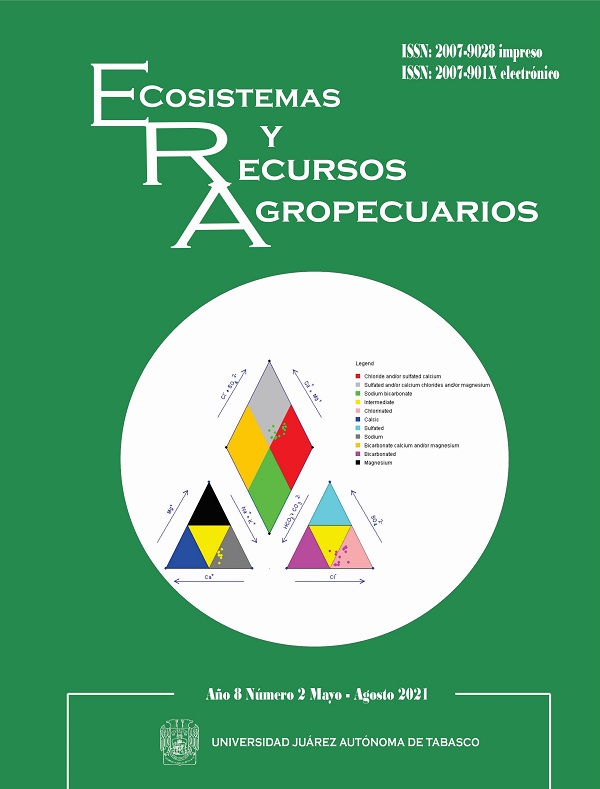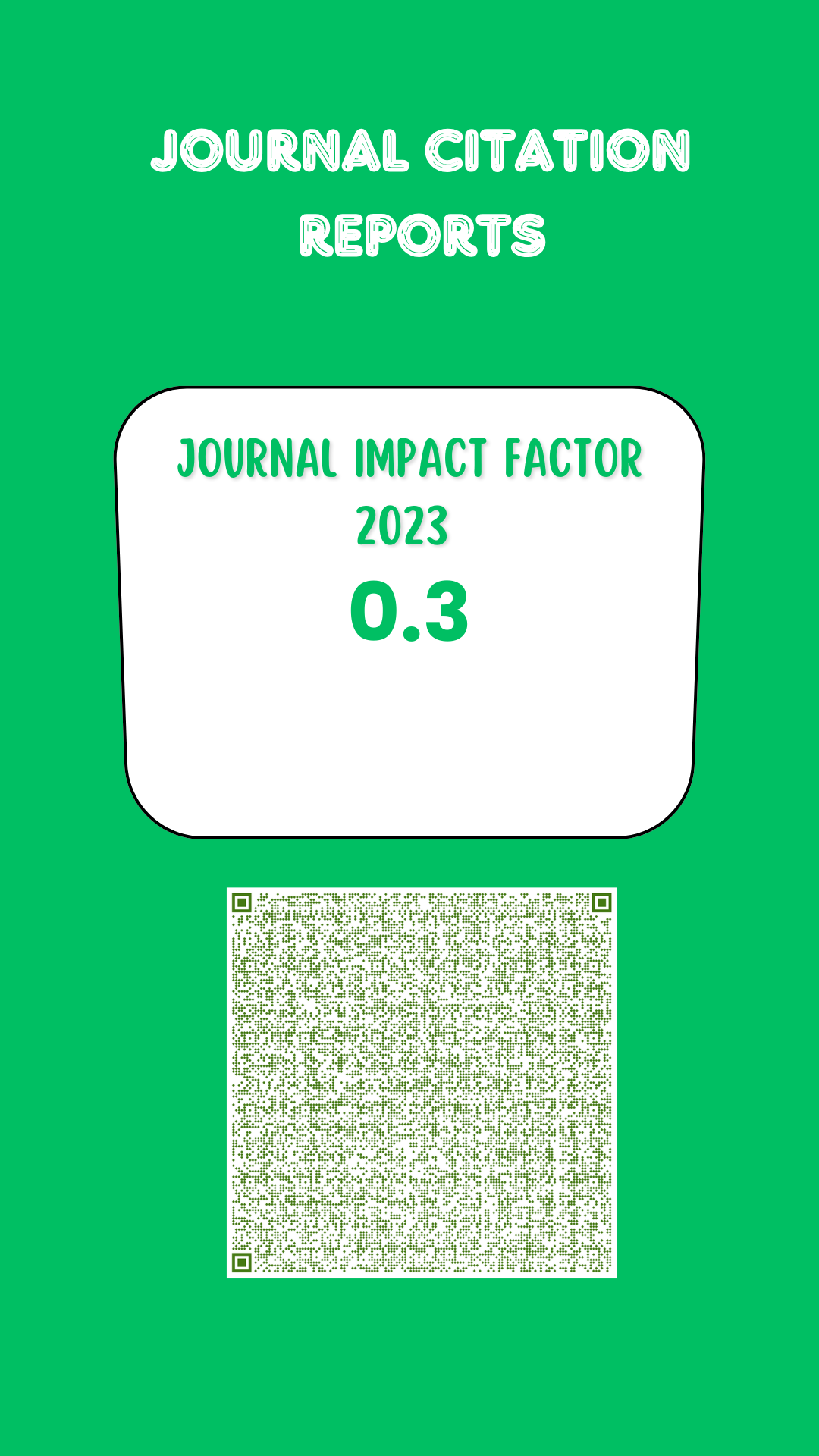Effect of extracts of Sargassum spp. in growth and antioxidants of tomato seedlings
DOI:
https://doi.org/10.19136/era.a8n2.2814Abstract
Tomato is the most cultivated and consumed vegetable in the world and is frequently attacked by various environmental stresses that affect its bioproductivity. Possible solutions to mitigate stress include the use of biostimulants, in particular the use of brown algae extracts that positively affect various physiological and biochemical processes in plants. Therefore, the objective of the
present work was to evaluate the effect of foliar application of 17 hydroalcoholic extracts of Sargassum spp. at 1.5% and two control treatments (distilled water and commercial product based on Ascophyllum nodosum) on the growth and antioxidant compounds of tomato seedlings, under a completely random design. The results show that the extract called EAS7 (160 °C/ 30 min/ 50% ethanol) presented the best results. EAS7 increased the height, stem diameter and total fresh and dry matter of tomato seedlings by 8.67, 32.32, 25.03 and 11.59%, respectively,
compared to the absolute control (distilled water). Also, EAS7 increased the content of proteins, glutathione, total phenols, flavonoids and antioxidant capacity (ABTS) of the leaves by 386.48, 15.92, 22.05, 35.99 and 18.86%, respectively, compared to the absolute control. The application of extracts of Sargassum spp. is a promising alternative to improve the agronomic and antioxidant characteristics of tomato crops.
Downloads
Downloads
Published
Issue
Section
License
Copyright (c) 2021 Ecosistemas y Recursos Agropecuarios

This work is licensed under a Creative Commons Attribution-NonCommercial-ShareAlike 4.0 International License.
Aviso de copyright
Los autores que se envían a esta revista aceptan los siguientes términos:
una. Los autores conservan los derechos de autor y garantizan a la revista el derecho a ser la primera publicación del trabajo con una licencia de atribución de Creative Commons que permite a otros compartir el trabajo con un reconocimiento de la autoría del trabajo y la publicación inicial en esta revista.
B. Los autores pueden establecer acuerdos complementarios separados para la distribución no exclusiva de la versión del trabajo publicado en la revista (por ejemplo, en un repositorio institucional o publicarlo en un libro), con un reconocimiento de su publicación inicial en esta revista.
C. Se permite y se anima a los autores a difundir su trabajo electrónicamente (por ejemplo, en repositorios institucionales o en su propio sitio web) antes y durante el proceso de envío, ya que puede conducir a intercambios productivos, así como a una cita más temprana y más extensa del trabajo publicado. (Consulte El efecto del acceso abierto).



